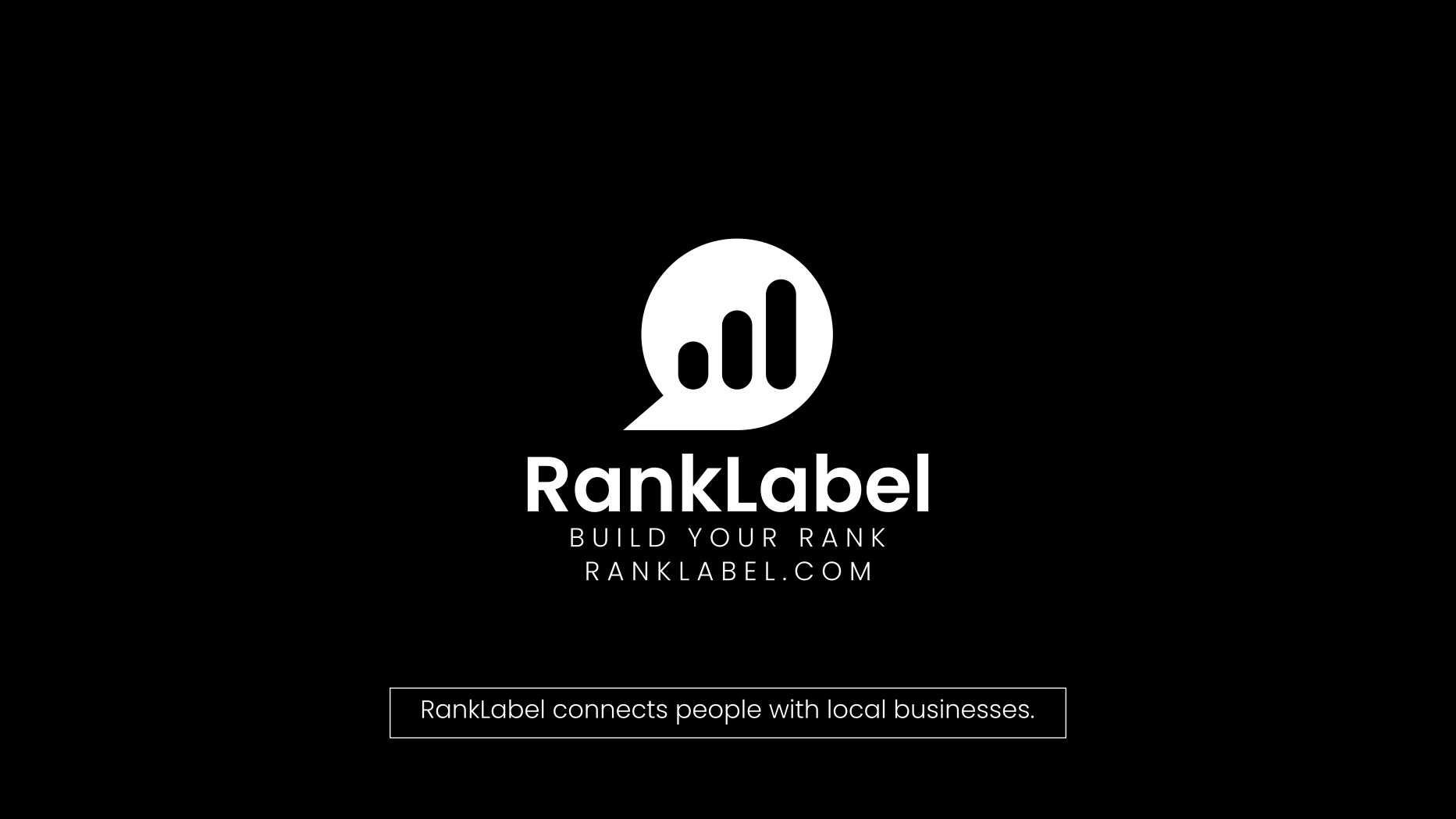Exploring the Potential of Custom Additive Manufacturing in Diverse Industries

Custom additive manufacturing, commonly known as 3D printing, is revolutionizing various sectors by providing flexibility, efficiency, and customization. This groundbreaking technology extends its benefits to fields ranging from home decor and electronics to empowering small businesses with cost-effective solutions. In this comprehensive guide, we'll explore how custom 3D printing is shaping industries and why it's becoming an essential tool for innovation and production.
The Rise of Custom Additive Manufacturing
Custom additive manufacturing (CAM) refers to the process of creating objects from a digital model by layering materials. This technology has moved beyond its initial prototyping applications to full-scale production solutions. CAM offers unparalleled customization capabilities, reduced waste, and shorter production cycles. It allows designers and engineers to transform complex digital designs into tangible products efficiently. The versatility of 3D printing materials, which include plastics, metals, and even biological matter, opens up endless possibilities for various applications.
Revolutionizing Home Decor with 3D Printed Solutions
One of the most visually captivating applications of custom additive manufacturing is within the home decor industry. 3D printed home decor is not just about creating unique designs but also about sustainability and personalization. Here are some ways in which 3D printing is transforming home aesthetics:
- Customized Furniture: From bespoke chairs to intricate table designs, 3D printing allows for the creation of furniture that fits the specific style and space of a home.
- Decorative Pieces: Artists and designers are using 3D printing to create complex decorative items that would be impossible to craft by hand.
- Lighting Fixtures: With the ability to print in translucent materials, designers are able to produce lighting fixtures with intricate patterns and designs that can be customized to the ambiance of any room.
- Functional Art: Combining aesthetics with functionality, items like 3D printed vase collections or wall hangers add a touch of modernity and practical design to any living space.
The customization aspect of 3D printed home decor not only reflects individual styles but also encourages a more emotionally connected approach to design. Consumers can influence the creation of products that are tailored specifically to their needs and preferences, enhancing their overall living experience.
Enhancing Electronics with 3D Printing
In the realm of electronics, 3D printing is proving to be a game-changer by enabling rapid prototyping and complex, precise manufacturing. The use of 3D printing for electronics facilitates the development of more compact and efficient devices. Here’s how:
- Prototyping: Speed up the development process by allowing engineers to test and refine designs quickly.
- Components: Produce complex components that are lighter, smaller, and more complex than those made with traditional manufacturing methods.
- Enclosures: Custom design enclosures for electronic devices that meet exact specifications for size, shape, and aesthetics.
- Wearable Technology: Create customized, ergonomic designs that integrate seamlessly with various forms of wearable technology.
This ability to rapidly produce prototypes and complex parts not only shortens the development cycle but also introduces a new level of customization in electronics manufacturing, leading to more innovative and personalized products.
Custom 3D Printing: Empowering Small Businesses
Small businesses stand to benefit significantly from custom 3D printing. The technology offers an economical entry point for small-scale manufacturing, empowering small enterprises to compete more effectively with larger companies. Here are several ways small businesses can leverage custom 3D printing:
- Product Development: Rapid prototyping speeds up the design and testing phases, reducing time to market.
- Inventory Management: Print products on demand, reducing the need for large inventories and storage spaces.
- Customization: Offer customized products that cater to niche markets or specific customer preferences without the need for large production runs.
- Cost Reduction: Decrease production costs by eliminating the need for expensive molds or tooling.
For small businesses, 3D printing not only reduces the barriers to entry in various markets but also enhances product offerings through customization, ultimately leading to a stronger competitive position and customer satisfaction.
Future Prospects of Custom Additive Manufacturing
The future of custom additive manufacturing looks promising with continuous advancements in 3D printing technologies and materials. Experts predict that as the technology matures, we will see even more innovative applications, particularly in areas such as bioprinting, large-scale construction, and further advancements in metal 3D printing.
Furthermore, as sustainability becomes increasingly crucial, 3D printing is set to play a pivotal role in promoting eco-friendly manufacturing practices. By minimizing waste and reducing the carbon footprint associated with production, custom additive manufacturing could lead the way in sustainable industrial practices.
In conclusion, custom additive manufacturing is not just a tool for production; it's a catalyst for innovation across fields. From transforming home decor to revolutionizing electronics and empowering small businesses, 3D printing holds the key to future manufacturing challenges and opportunities. As we continue to explore and expand the capabilities of this technology, its impact is set to widen, promising a future where customization and efficiency go hand in hand.









